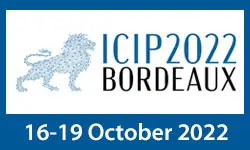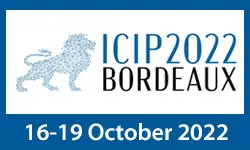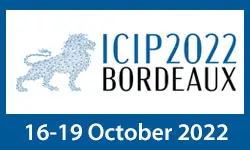A Coarse-to-Fine Morphological Approach With Knowledge-Based Rules and Self-Adapting Correction For Lung Nodules Segmentation
Xinliang Fu, Jiayin Zheng, Juanyun Mai, Yanbo Shao, Minghao Wang, Linyu Li, Zhaoqi Diao, Yulong Chen, Jianyu Xiao, Jian You, Airu Yin, Yang Yang, Xiangcheng Qiu, Jinsheng Tao, Bo Wang, Hua Ji
-
Members: FreeSPS
IEEE Members: $11.00
Non-members: $15.00Length: 00:11:28
05 Oct 2022
A light field (LF) image is composed of multiple sub-aperture images (SAIs) from slightly offset viewpoints.To denoise a noise-corrupted LF image, leveraging recent development on deep algorithm unfolding, we pursue a hybrid graph-model-based / data-driven approach.Specifically, we first connect each pixel in a target patch of an SAI to neighboring pixels within the patch, and to pixels in co-located "similar" patches in adjacent SAIs.Given graph connectivity, we formulate a maximum a posteriori (MAP) problem using graph total variation (GTV) as signal prior. We then unroll the iterations of a corresponding optimization algorithm into a sequence of neural layers. in each unrolled layer, we learn relevant features per pixel from data using a convolutional neural net (CNN) in a supervised manner, so that edge weights can be computed as functions of feature distances.Each neural layer can be interpreted as a graph low-pass filter for a 4D LF image patch. Experiments show that our proposal outperformed two model-based and two deep-learning-based implementations in numerical and visual comparisons.



